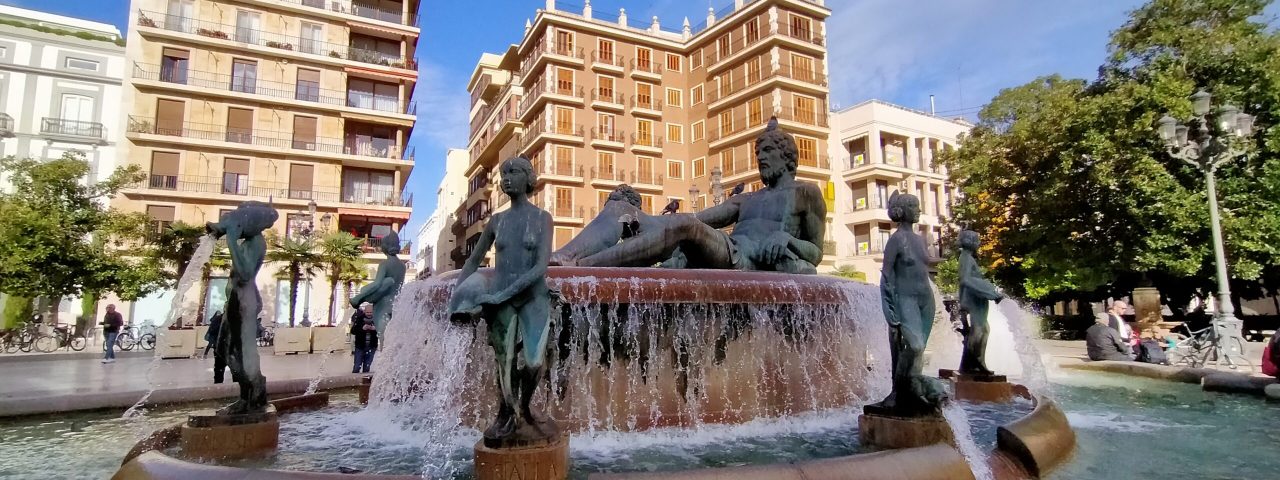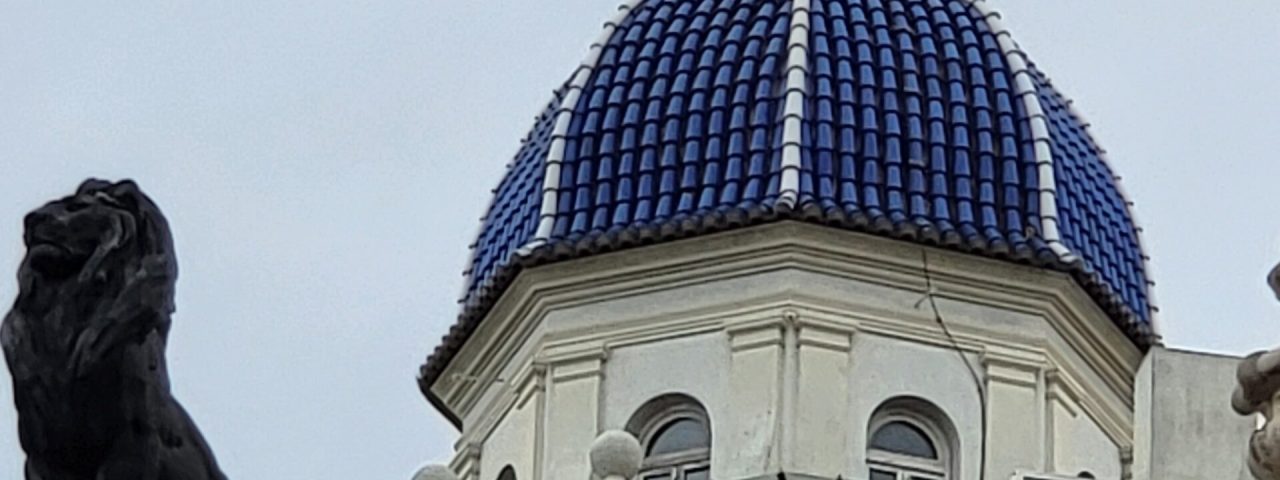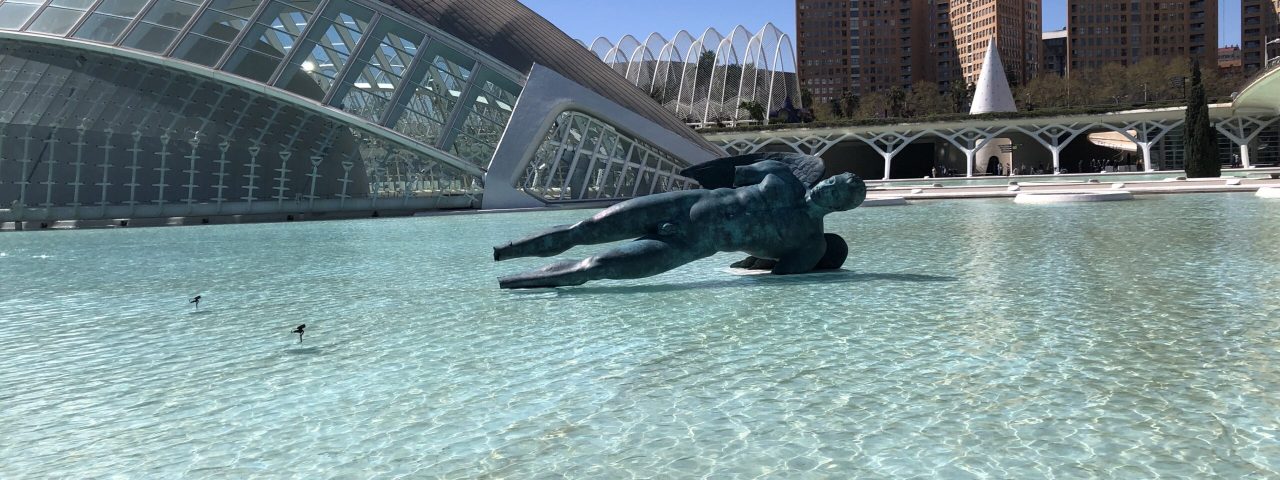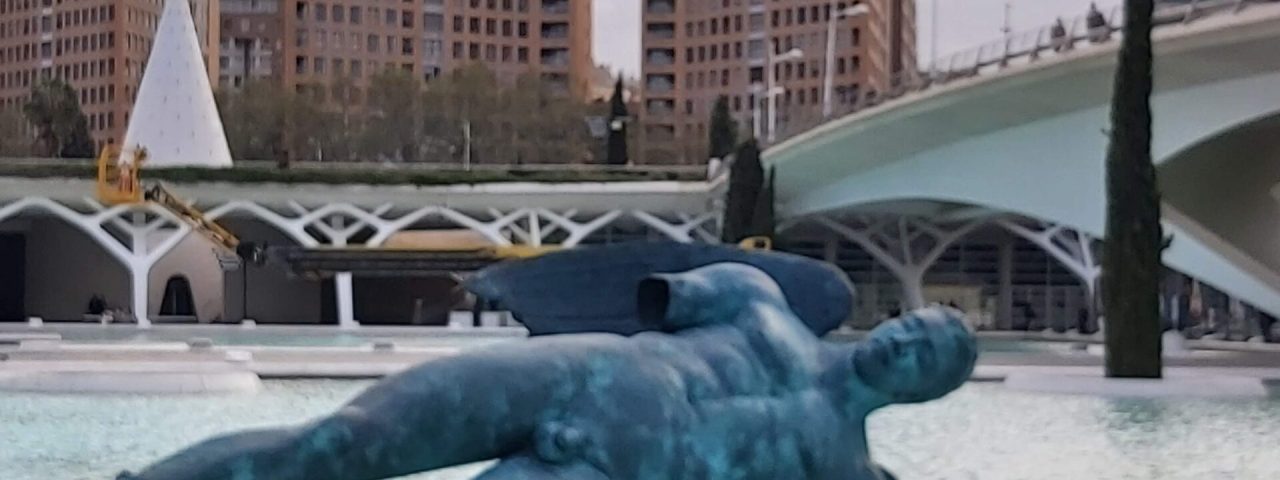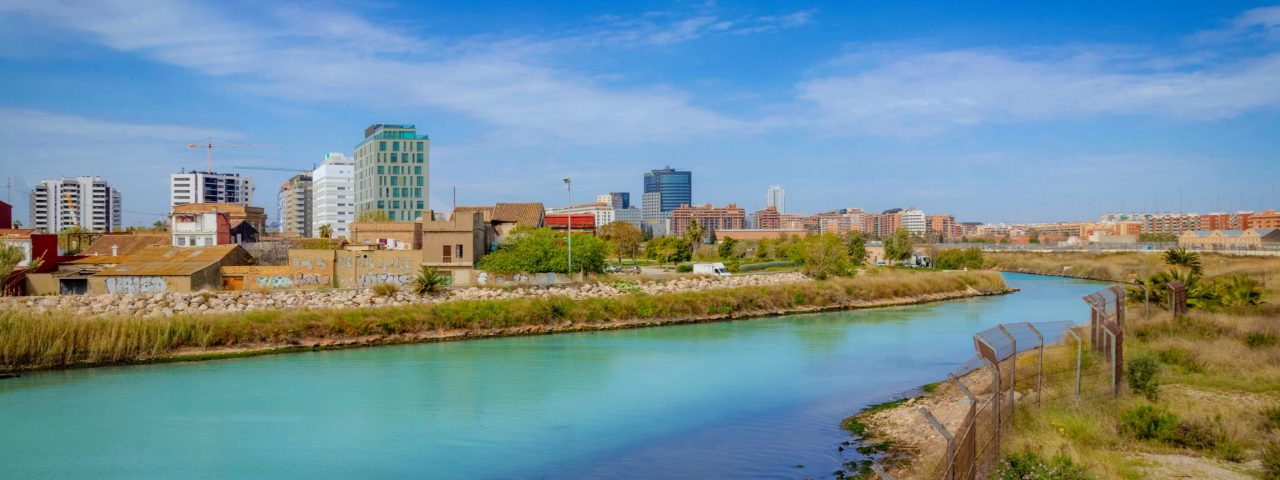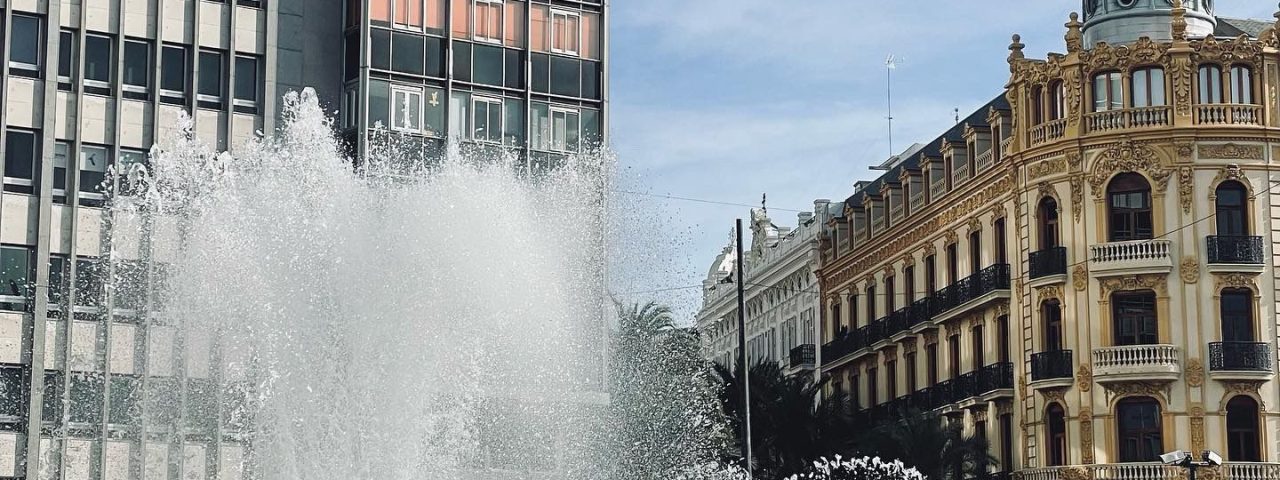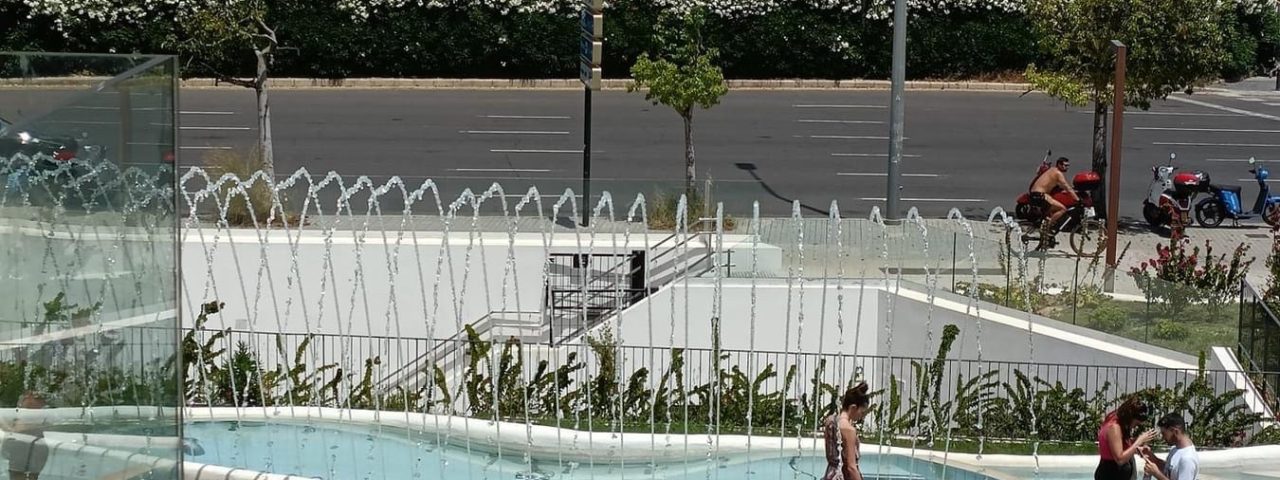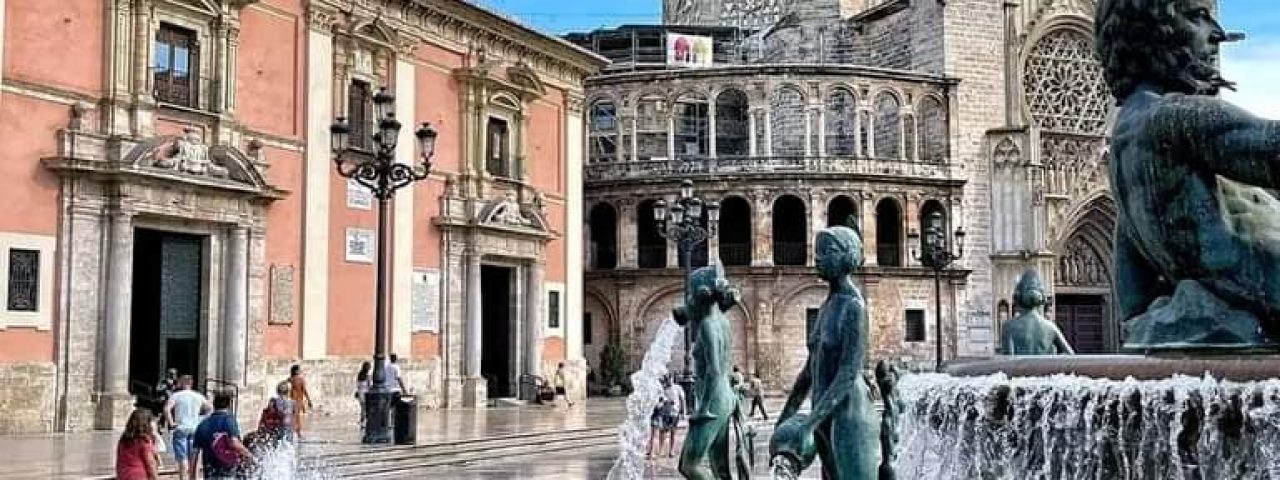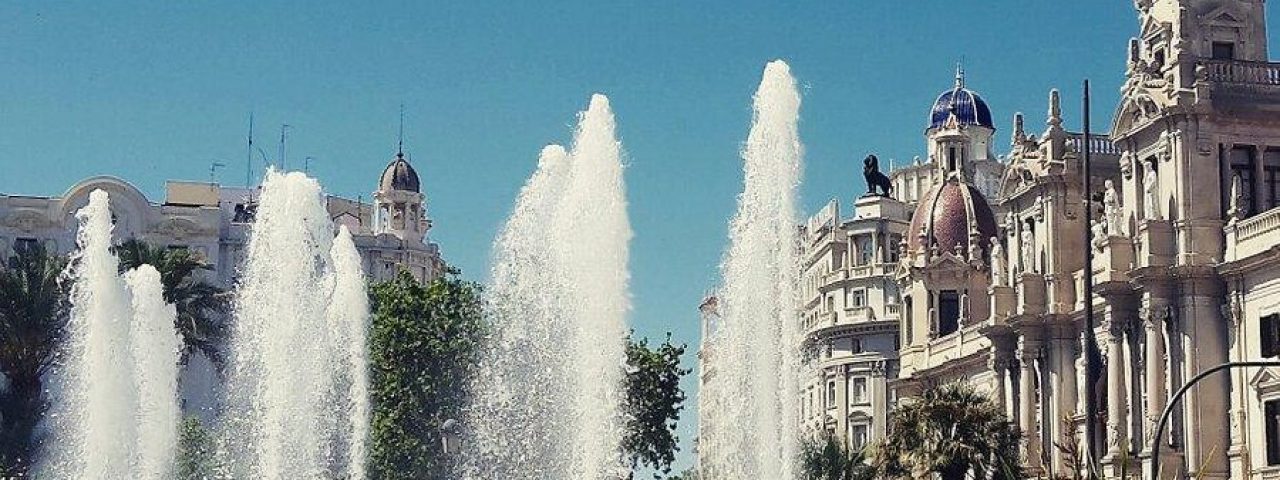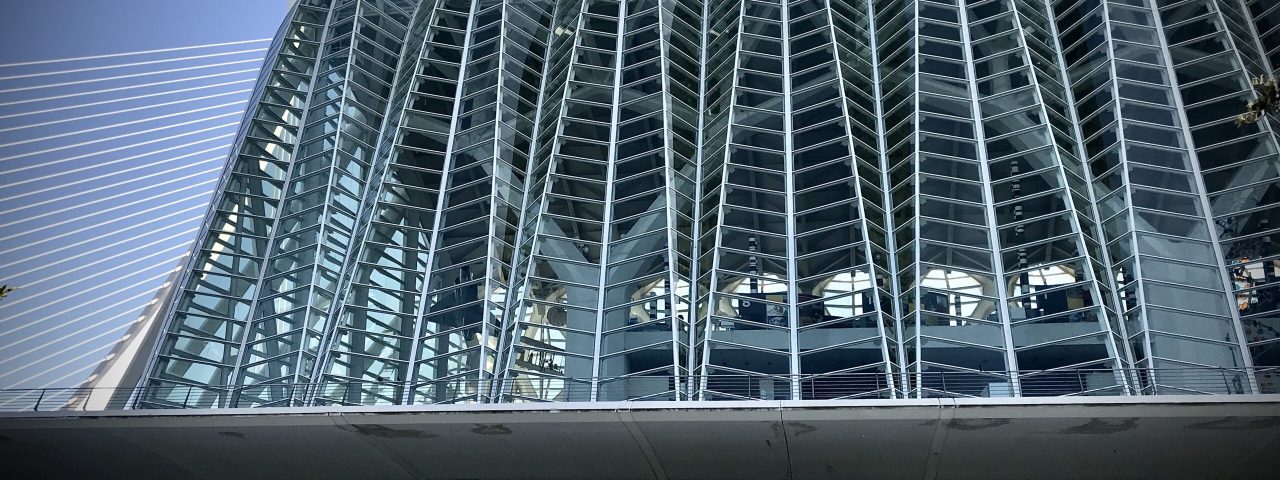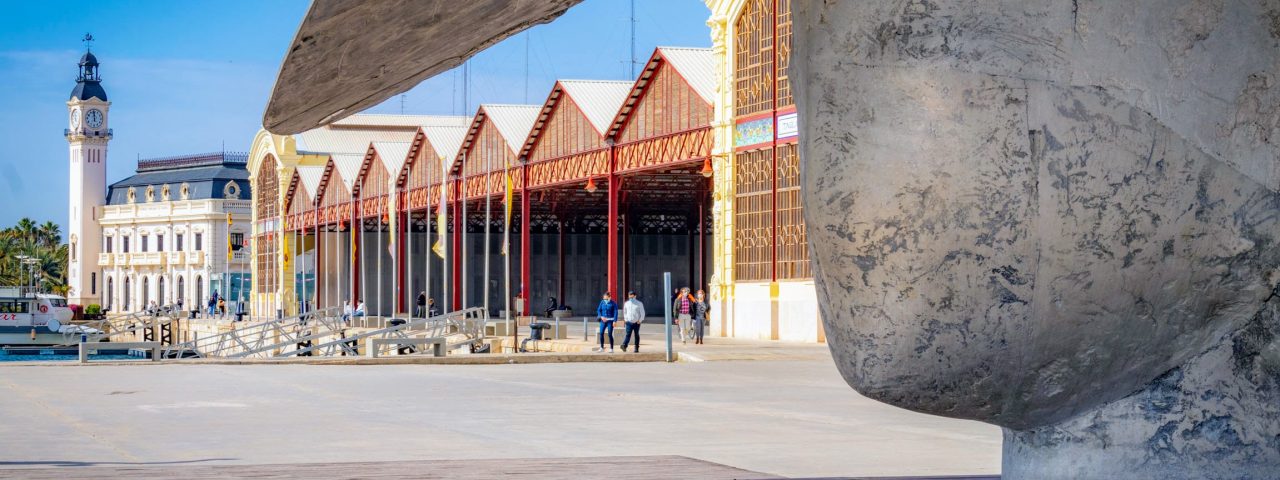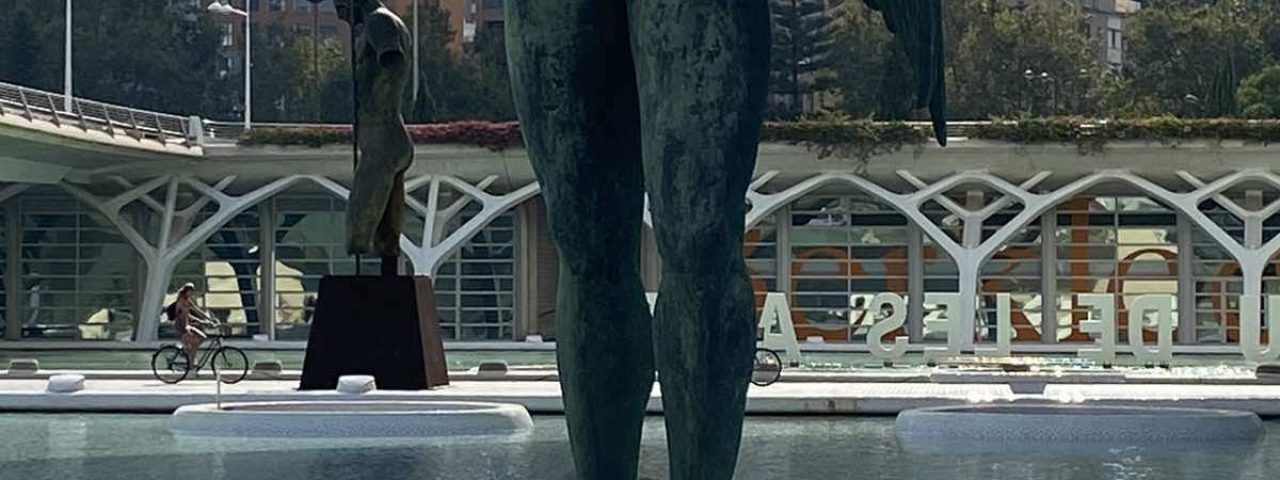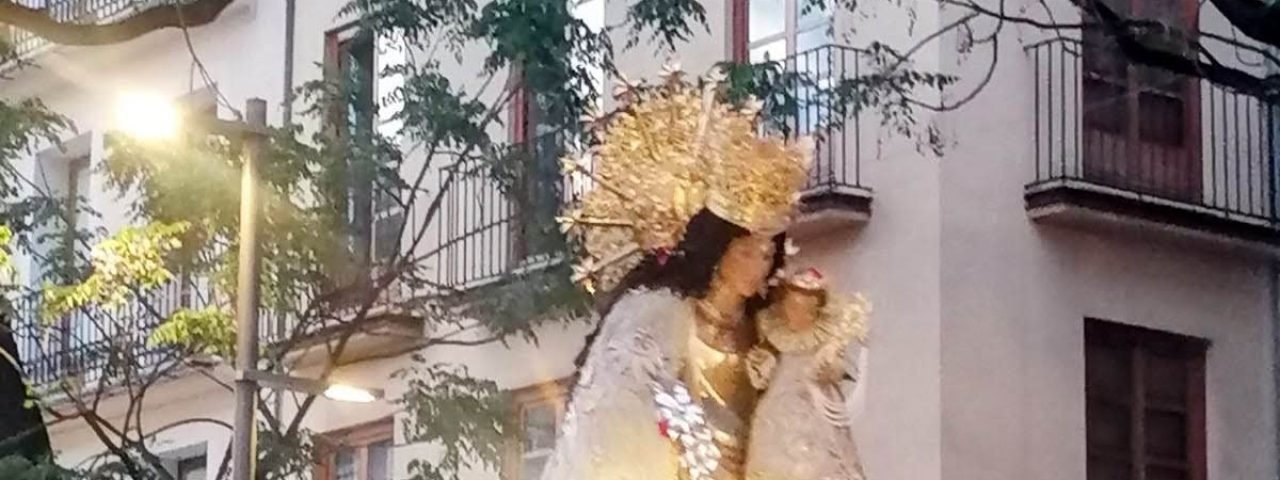:::::Quick overview:::::
The Province of Castellón, located in the heart of the Valencian Community, is one of Spain’s best-kept secrets—a vibrant blend of Mediterranean beauty, rich heritage, and contemporary dynamism. With its sun-drenched coastline, charming inland villages, and a mountainous hinterland that feels worlds away from the beaches, Castellón offers something for everyone. It is a rising star for event organizers, thanks to its diverse settings, excellent infrastructure, and unbeatable climate that makes outdoor events viable nearly all year round.
For tourists, Castellón is a paradise waiting to be explored. Its Blue Flag beaches are less crowded than those of neighboring Valencia or Alicante, yet equally stunning. The region offers pristine nature parks, medieval castles, and authentic Spanish villages steeped in centuries of tradition. Culture lovers, nature enthusiasts, and beachgoers alike will find Castellón an inspiring destination.
Event planners will find Castellón both versatile and cost-effective, offering a mix of modern venues and historic backdrops perfect for corporate events, cultural festivals, weddings, and sports competitions. Its relaxed atmosphere, combined with professional service providers and growing interest in regional development, make it an increasingly attractive alternative to larger, busier urban hubs.
:::::Geographical Location and Climate:::::
Castellón is located in the eastern part of Spain, within the autonomous Valencian Community, and stretches from the Mediterranean coast into the mountainous interior. Its varied geography allows visitors to enjoy coastal resorts, fertile plains, and rugged mountains all within a short drive. It borders the provinces of Valencia to the south and Teruel (Aragon) to the northwest, with the Mediterranean Sea forming its eastern boundary.
The capital, Castelló de la Plana, lies near the coast and serves as the administrative and cultural heart of the province. Major geographical landmarks include the Desert de les Palmes mountain range, the Serra d’Espadà Natural Park, and the idyllic Columbretes Islands—a volcanic archipelago and marine reserve located off the coast. Inland towns such as Morella and Vilafranca del Cid are perched high in the mountains and offer dramatic scenery.
Castellón enjoys a Mediterranean climate with hot, dry summers and mild winters. Coastal areas experience plenty of sunshine year-round, making it ideal for beach holidays and outdoor events. Inland regions are cooler and can even see snow in winter, particularly in higher elevations. The best times to visit are spring (April–June) and autumn (September–October), when temperatures are pleasant and tourist sites are less crowded.
:::::History and Culture:::::
The history of Castellón is deeply layered, with influences from Iberians, Romans, Moors, and Christians. The province was an important Roman outpost and later flourished under Muslim rule before being reclaimed by Christian forces during the Reconquista. Many of the towns and cities still bear architectural and cultural traces of these periods, especially in their fortifications, place names, and festivals.
Castellón’s cultural calendar is packed with traditional events, including the internationally recognized Fallas de Burriana and the Fiestas de la Magdalena in Castelló de la Plana. These celebrations mix religious devotion with fireworks, music, costumes, and parades, offering a rich and immersive cultural experience. The region also celebrates local harvests and ancient rituals through seasonal festivals in both coastal and mountain villages.
Locals take pride in their Valencian roots, and the Valencian language (a variety of Catalan) is co-official with Spanish. Traditional music, regional costumes, and crafts such as ceramics, lace-making, and woodwork still play an important role in everyday life, especially in smaller towns. Historical landmarks like the fortified town of Morella and the Gothic cathedral of Segorbe showcase the province’s cultural wealth.
:::::Architecture and Attractions:::::
Castellón’s architecture is a blend of medieval, Gothic, Baroque, and contemporary styles. The walled town of Morella is one of Spain’s most picturesque medieval hilltop cities, complete with a towering castle and cobbled streets. Segorbe boasts a Gothic cathedral and a well-preserved old town. The city of Castelló de la Plana features elegant modernist buildings and a charming old quarter.
Key tourist attractions include the Columbretes Islands Nature Reserve, perfect for diving and boat excursions, and the Desert de les Palmes, ideal for hiking and panoramic views. Peñíscola, known as the “Gibraltar of Valencia,” is home to the majestic Papa Luna Castle and a scenic coastline. Benicàssim, meanwhile, is famed for its sandy beaches and music festivals.
The province also offers hidden gems like Vilafamés, one of Spain’s most beautiful villages, with an impressive contemporary art museum, and the Coves de Sant Josep in La Vall d’Uixó, which features Europe’s longest navigable underground river. Nature lovers will find plenty of hiking trails, birdwatching spots, and ecotourism opportunities in protected areas such as the Serra d’Espadà and Tinença de Benifassà natural parks.
:::::Economy and Key Industries:::::
Castellón’s economy is supported by a mix of traditional and modern sectors. It is a global hub for the ceramic tile industry, centered around towns like Onda and L’Alcora, where dozens of factories produce goods exported worldwide. Agriculture remains significant, with citrus fruits, olives, and almonds being the main crops. The region’s fertile plains support vibrant farming communities, and local markets overflow with fresh, seasonal produce.
Tourism is a growing pillar of the economy, driven by a push to develop sustainable and cultural tourism offerings. Both the coastal resorts and inland villages are seeing increased investment in infrastructure, accommodations, and heritage conservation. Festivals and events—especially in places like Benicàssim and Peñíscola—bring significant revenue and visibility to the province.
Small-scale artisanal industries also thrive in Castellón, including handmade ceramics, textiles, and local wines and olive oils. These crafts not only contribute to the local economy but also form part of the province’s cultural identity, offering tourists unique souvenirs and experiences.
:::::Local Cuisine:::::
Castellón’s cuisine is a feast of Mediterranean flavors, blending sea and mountain influences. Signature dishes include paella (particularly the mountain variety with rabbit and snails), fideuà (a noodle-based seafood dish), and tombet (a rich meat and vegetable stew). In the mountains, game meats and hearty soups dominate, while coastal areas favor fresh fish, seafood, and rice dishes.
Local products such as orange blossom honey, extra virgin olive oil, and wines from the IGP Castelló designation are increasingly sought after by food lovers. Artisanal cheeses, cured meats, and almond-based pastries like pastissets also feature prominently.
Noteworthy food markets can be found in Castelló de la Plana, Vinaròs, and Onda, where visitors can sample local specialties and purchase farm-to-table ingredients. For a gourmet experience, restaurants like Rafa’s in Benicarló or El Pairal in Morella offer modern takes on traditional flavors. Annual food events, such as the Ruta de la Tapa and regional gastronomy weeks, celebrate Castellón’s culinary creativity.
:::::Transportation and Accessibility:::::
Castellón is well connected to the rest of Spain and Europe. The Castellón-Costa Azahar Airport offers seasonal flights to several European destinations and domestic connections. For broader international access, Valencia Airport is just over an hour away by car or train.
The province is served by the Mediterranean Corridor rail line, with high-speed AVE service available from Valencia and Madrid. Local and regional trains provide easy access to coastal towns and inland villages. Bus lines connect smaller communities, while car rentals offer flexibility for exploring more remote areas.
Within cities like Castelló de la Plana, public transportation includes local buses and taxis, with bike lanes and pedestrian areas making urban mobility convenient and eco-friendly. Roads are well-maintained, and travel between coastal and inland regions is straightforward via major highways.
:::::Event Opportunities and Venues:::::
Castellón offers a wealth of event spaces, from modern venues to historical settings. The Palau de la Festa in Castelló de la Plana is a versatile venue for concerts, congresses, and performances. Coastal towns like Benicàssim and Peñíscola feature beachfront spaces perfect for outdoor festivals, weddings, and sports events. Peñíscola Castle has hosted international film productions and serves as an iconic backdrop for cultural events.
Annual events like the Festival Internacional de Benicàssim (FIB), Arenal Sound, and SanSan Festival draw tens of thousands of attendees and showcase Castellón’s capacity to host large-scale music and entertainment gatherings. Traditional festivals such as Magdalena Week and Carnestoltes in Vinaròs are perfect for immersive cultural experiences.
Hotels like NH Castellón Mindoro, Hotel RH Casablanca in Peñíscola, and Thalasso Hotel El Palasiet in Benicàssim provide excellent accommodations and meeting facilities. Many rural casas rurales and vineyards also offer intimate settings for retreats and boutique events, blending hospitality with scenic charm.
:::::Population and Demographics:::::
The Province of Castellón is home to approximately 585,000 people, with the capital Castelló de la Plana accounting for around 170,000 residents. The population is spread across coastal municipalities, agricultural towns, and mountain villages, creating a diverse and regionally balanced demographic profile.
The population is predominantly Spanish, but immigration over the past two decades has introduced greater diversity, with notable communities from Romania, Morocco, Latin America, and other EU countries. The multilingual nature of the region—with both Spanish and Valencian spoken—reflects this cultural blend.
Demographic trends include a modest increase in younger residents returning to rural areas due to improved internet access and a growing interest in sustainable living. Seasonal population spikes occur in summer due to tourism, particularly along the coast.
:::::Current Trends or Developments:::::
Castellón is experiencing a wave of investment in tourism infrastructure, with an emphasis on sustainable and cultural tourism. The development of ecotourism trails, wine tourism routes, and heritage restoration projects is positioning the province as a leader in authentic, low-impact travel experiences.
Urban renewal initiatives in cities like Castelló de la Plana include the revitalization of public squares, expansion of bike paths, and restoration of historic neighborhoods. Digital transformation programs aim to attract remote workers and entrepreneurs, especially in smaller inland towns.
Environmental sustainability is a growing priority, with renewable energy projects, protected marine and forest areas, and waste reduction programs gaining traction. Cultural investment is also increasing, with new art exhibitions, music residencies, and international partnerships helping to showcase Castellón as a creative, welcoming, and future-ready destination.
